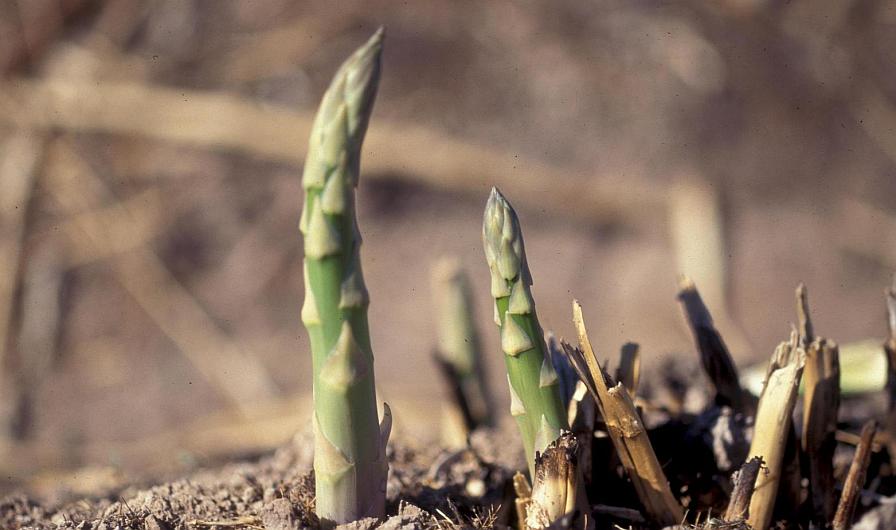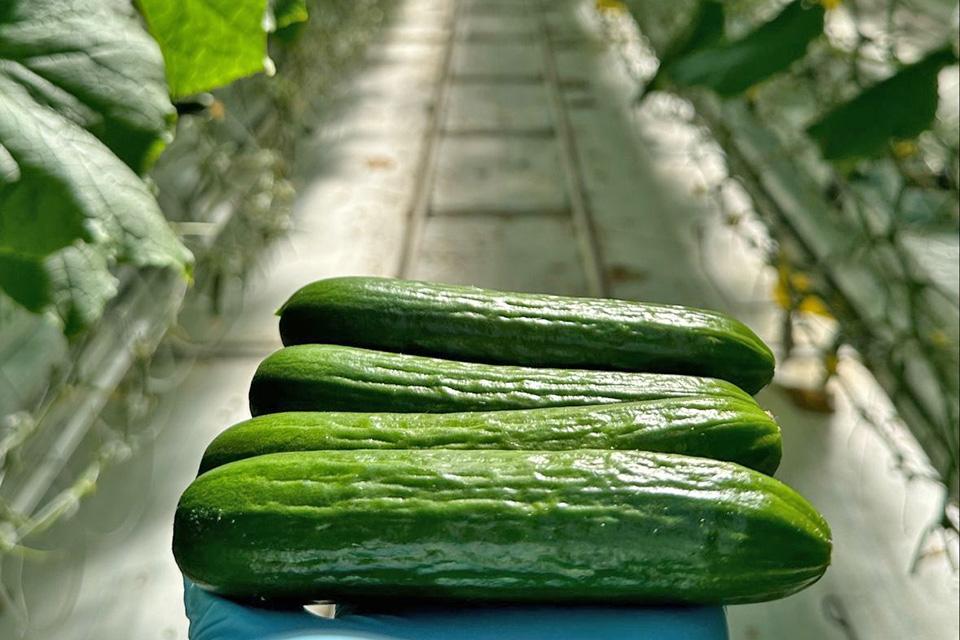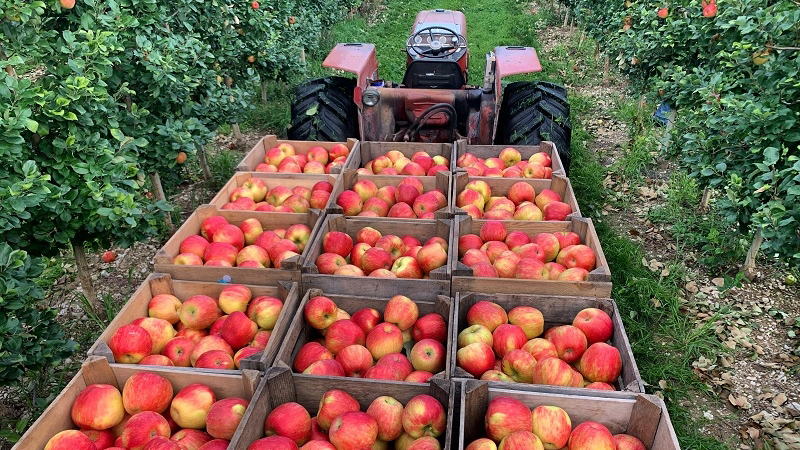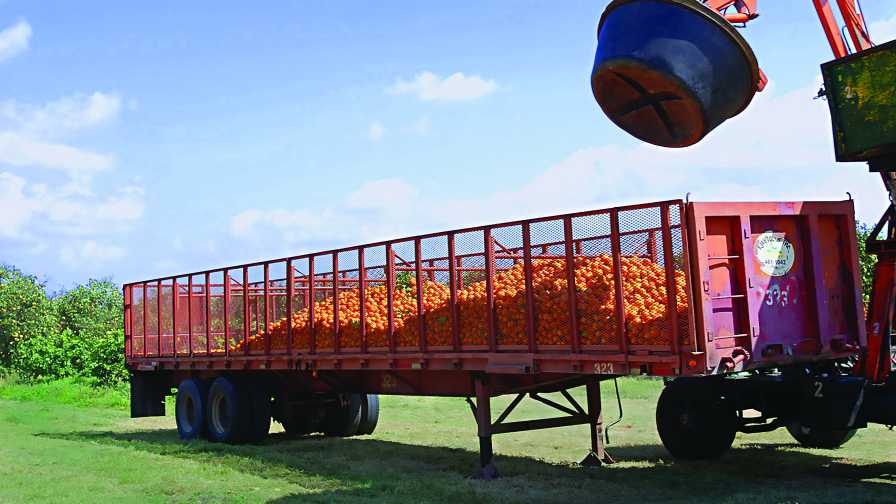Take Caution In Watering Walnuts
Allan Fulton has spent much of his career studying the irrigation needs of some of California’s main crops, and he has come to a conclusion when it comes to three tree fruit and nut crops, almonds, walnuts, and French prune: In the interest of water costs or in the case of drought, says the University of California (UC) Cooperative Extension irrigation and water resources advisor, you can vary the irrigation levels on almonds and French prune more than you can walnuts.
“Walnuts, in our experiments, don’t display a crop stage when you can purposely stress them and not have a negative impact,” says Fulton, who is based in Red Bluff. “You will likely see problems with tree growth, kernel color, size, or yields the following year.”
Most growers know that and plan accordingly, but the returns on walnuts have been so good that some growers are beginning to tempt fate. “You generally won’t see walnuts planted in quite as challenging of a growing environment as you do almonds and prunes,” he says. “But we’re seeing more and more Class 3 and 4 soils being developed into walnuts.”
So Fulton urges use of irrigation scheduling tools to growers considering a new planting of walnuts.
“Walnuts have a much narrower optimum range than almonds or prunes,” he says.
He has the data to prove it, pointing to studies on the various crops’ midday water potential, measured in bars of pressure.
“For example, you see a 2 to 4 bar range in unstressed walnuts in the spring when the days are shorter and cooler, whereas unstressed almonds typically range from 7 to 8 bars in spring. When it’s 105˚F in July and the days are longer, you can see 6 to 8 bars in mildly stressed walnuts and 14 to 16 bars in severely stressed trees that are trying to survive.”
When almonds and prunes measure 14 to 20 bars in the summer, this may benefit in crop quality and ease of harvest.
“Nearly 30 years ago when I began working with irrigation, technology and information on when and how much to irrigate orchards was not as abundant,” says Fulton.
Today there are three basic ways: soil moisture depletion, midday stem water potential (SWP), and a water budget. Fulton says all have their place.
“I’m not so much interested in promoting one method over another; I’m more interested in helping you get the most out of what approach you decide to take,” he says. “You’re probably better off using more than one method.”
Soil Moisture Depletion
Using this method can improve irrigation scheduling. Fulton uses a neutron probe, but they have become somewhat obsolete, as today there are a lot of automatic devices available, such as dielectric soil moisture sensors and resistance blocks coupled with radio telemetry. These methods provide a huge advantage of convenient timely delivery of detailed information, and are useful during the dormant season to quantify the soil’s refill. They ascertain the soil’s water-holding capacity in the root zone, says Fulton.
“Available water holding capacity is like a gas tank,” he says. “Plants perform better between half-full and full,” as opposed to near empty or above full.
However, sometimes acquiring representative data can be a challenge because of spatial soil variability, unknowns about the crop root zone, and the small volumes of soil being measured.
Midday Stem Water Potential
Fulton calls this method “the integrator.
Like UC colleague Ken Shackel said, ‘It’s like asking the plant about its irrigation needs.’”
Midday SWP quantifies how an orchard is responding to soil, water, and climatic conditions. You use a pressure chamber to push the sap of a bagged leaf out, and the more pressure needed, the drier the plant.
It’s quite accurate, but Fulton says it’s not without its drawbacks. It’s by far the most labor-intensive.
“Some growers don’t find it practical and are concerned soil moisture levels will become too depleted before crop stress is apparent,” he says, “but on the other hand, spending more time in the orchard isn’t necessarily a bad thing.”
Water Budget
This is a low-cost method of scheduling irrigation by looking at rates of evapotranspiration, applied water, rainfall records, and estimates of soil storage reserve, says Fulton.
“The water budget is like a checkbook,” he says. “You look at the deposits, the rainfall, and irrigation, and balance that with the withdrawals — what the tree uses.”
It is better to water budget and monitor either midday SWP or soil moisture, says Fulton. The water budget allows growers to plan ahead for irrigation, confirms that soil moisture monitoring is representative, or anticipates when changes in midday SWP will occur.
Consider The Source
When evaluating a walnut orchard, UC Farm Advisor Allan Fulton usually monitors soil moisture to a depth of 6 feet. It’s difficult to take measurements a lot deeper, and it’s usually unnecessary. Though every once in a while, even the experts can get fooled. That happened in the case of a walnut orchard planted on a Class I, deep alluvial field near the Sacramento River. Capillary movement of groundwater influenced by the river was providing soil moisture down deep, unbeknownst to Fulton or the grower.
“In cases such as these, I needed to monitor soil moisture to a depth of 10 feet to get a good picture,” Fulton says in hindsight.
Fulton discovered that he needed to measure the soil moisture depletion at a greater depth because midday stem water potential measurements indicated the orchard was not stressed for water. Even though the grower was only putting on about 60% of the water that would be expected based upon a water budget, and soil moisture depletion above 6 feet was quite dry, the walnuts were doing well.
“It was a bit of a surprise; it turns out that sometimes you don’t know all the sources of water that supply an orchard,” he says.









